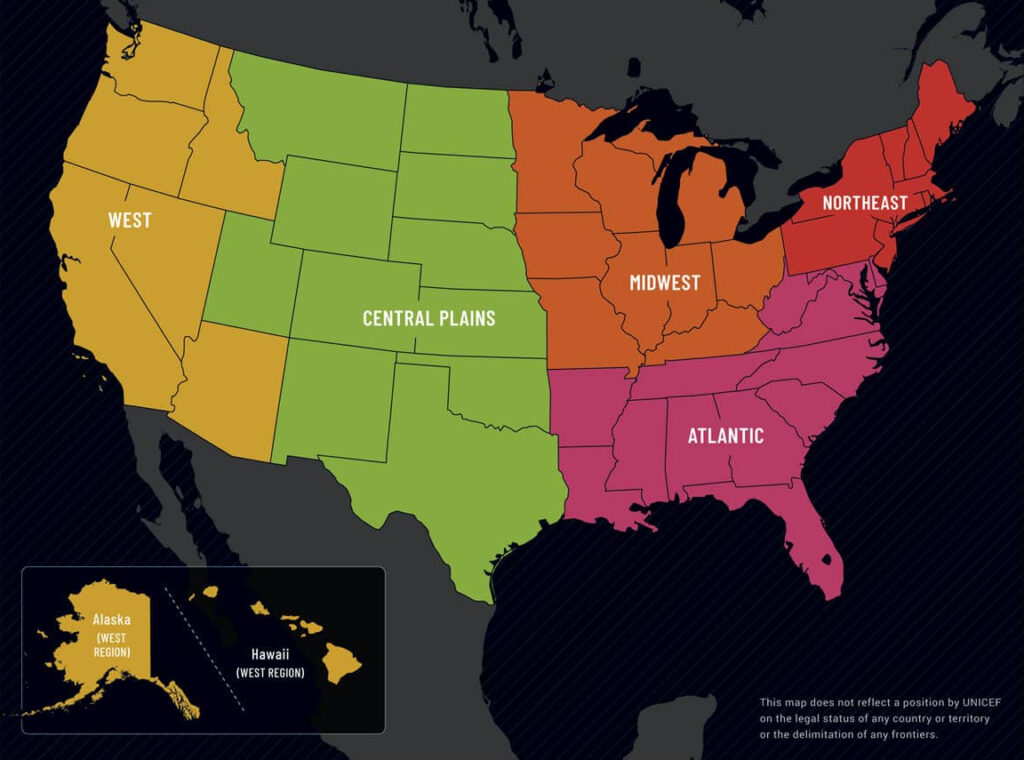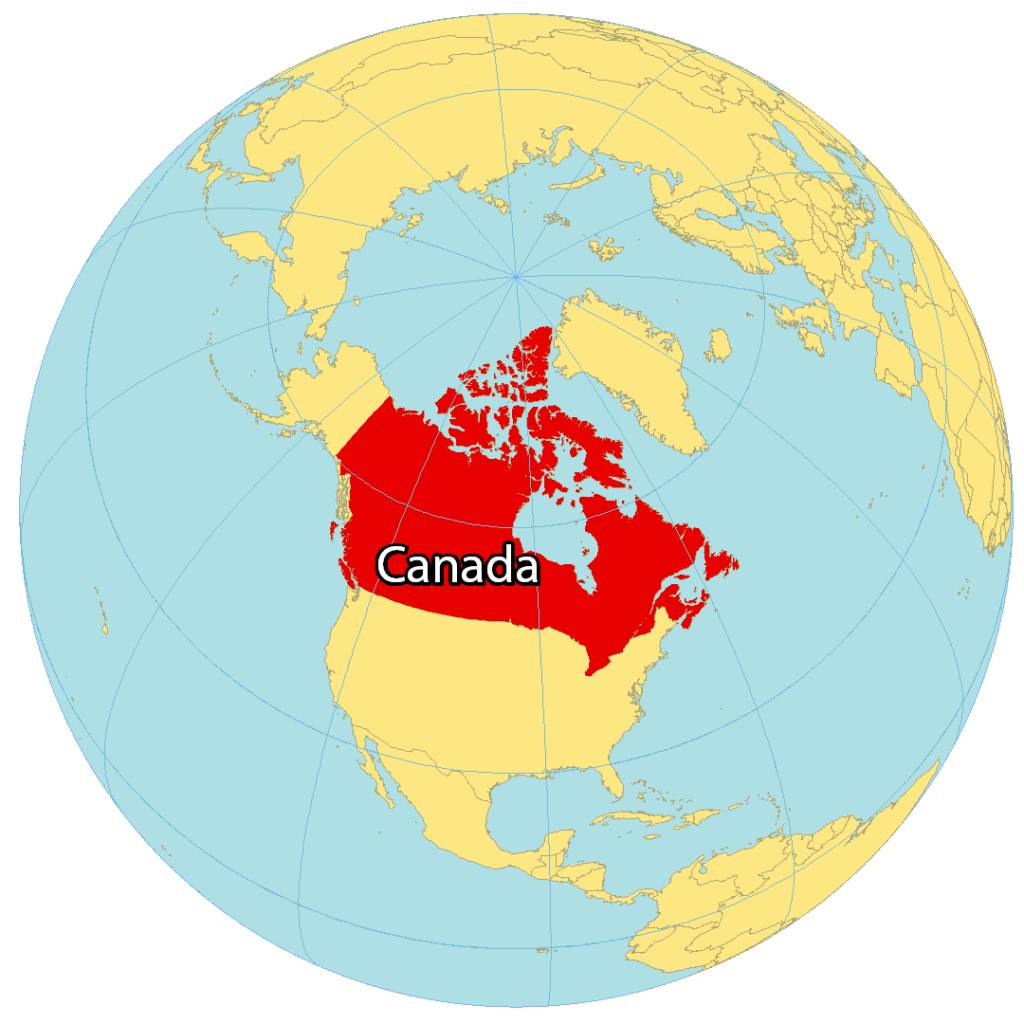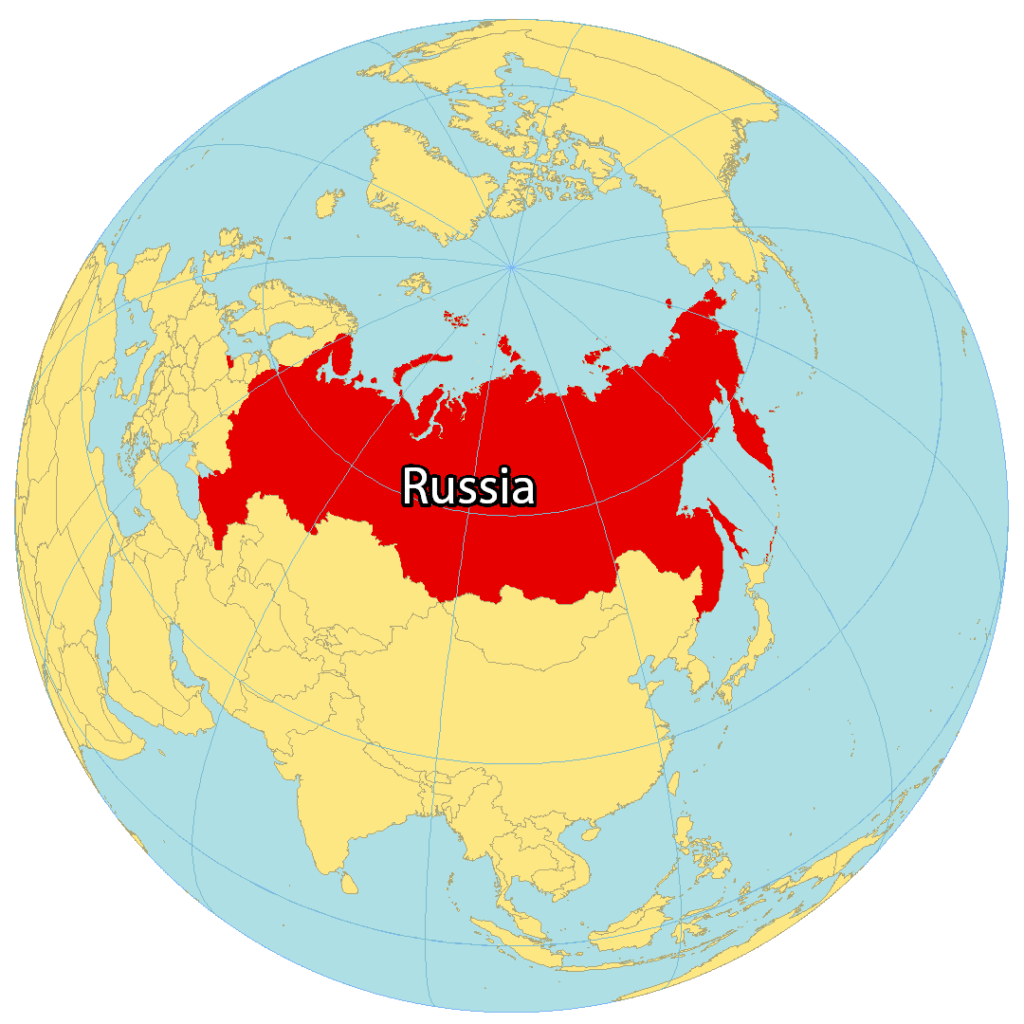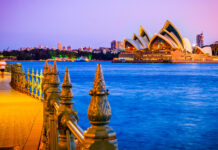3.United States of America: 9,826,067 km²
The main territory of the largest state in the world is located on the North American continent. The landscape of the third largest country is extremely diverse – from the vast plains in the east to the prairies in the center and the mountains in the west. The geographical zones are located parallel to the meridians (the Cordillera in the west, the Great Plains, the Central Plain, the Coastal Plain and the Apalachians in the east). A huge area of the country covers all climatic natural zones of the northern hemisphere – from subarctic in Alaska to equatorial in Hawaii.

2.Canada: 9,984,669 km²
The second largest state in the world is washed by the waters of the harsh Arctic, Atlantic and Pacific oceans. A country of numerous fjords and hundreds of islands – the peaks of the underwater parts of the Coast Range. Beyond the Arctic Circle stretches the rugged Canadian Arctic Archipelago. The mainland consists of the Canadian Shield with a large depression (Hudson Bay). The former prairies of the Great Plains are used as farmland.
In the west, they are bordered by an 800-kilometer strip of the Canadian Cordillera. Part of the state border with the United States passes through the famous Great Lakes. The unique diversity of natural areas of Canada – from the northern territories of permafrost to the mighty forests on the Pacific coast.

1.Russia: 17,098,246 km²
The largest state of our planet, located in two parts of the world, both in Asia (75%) and in Europe (25%), stretches from the icy expanses of the Arctic to the subtropics of the southern border. The European part occupies an area from Central Europe in the west to the Ural Mountains in the east, washed by the Baltic and Barents Seas in the north, the Black and Caspian Seas in the south. Almost the entire region lies on the East European Plain, rising only in the southern part of the country, at the foot of the Caucasus Mountains.
The Asian part is separated from North America by the Bering Strait. The northernmost tundra regions lie in the permafrost zone. The vast Russian territory south of the tundra is covered by coniferous forests of the Siberian taiga, open grassy steppes and forest-steppes in the center of the European part, deserts near the Caspian Sea and mountain ranges in the east. Due to the harsh climate and complex landscape in remote places, nature continues to dominate over man, and some corners have not yet been explored.





























